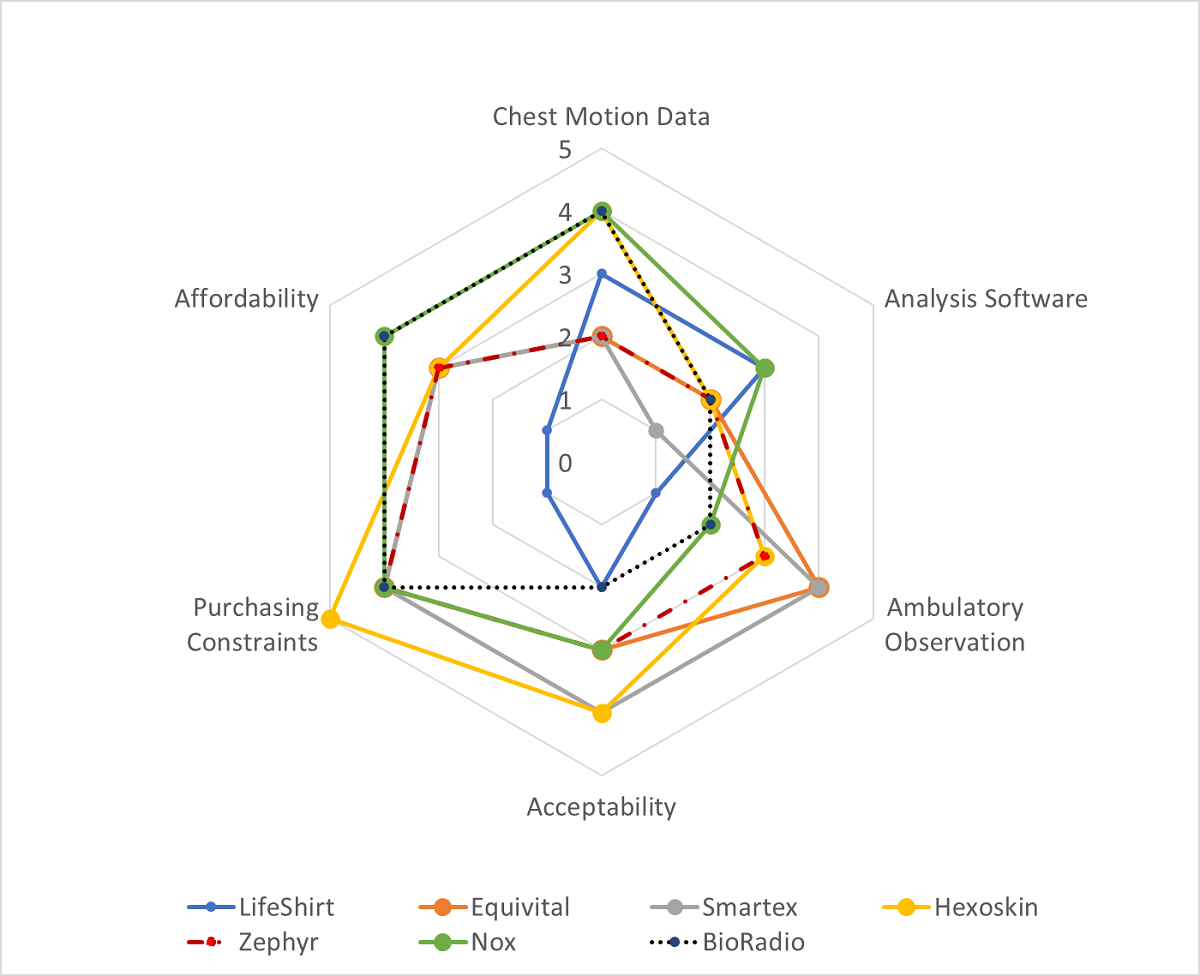Background: Natural environment inhalation topography provides useful information for toxicant exposure, risk assessment and cardiopulmonary performance. Commercially available Wearable Respiratory Monitors (WRM), which are currently used to measure a variety of physiological parameters such as heart rate and breathing frequency, can be leveraged to obtain inhalation topography, yet little work has been done. This paper assesses the feasibility of adapting these WRMs for measuring inhalation topography. Methods: Commercially available WRMs were compiled and assessed for the ability to report chest motion, data analysis software features, ambulatory observation capabilities, participant acceptability, purchasing constraints and affordability. Results: The following WRMs were found: LifeShirt, Equivital EQ02 LifeMonitor, Smartex WWS, Hexoskin Smart Garment, Zephyr BioHarness, Nox T3&A1, BioRadio, SleepSense Inductance Band, and ezRIP & zRIP Durabelt. None of the WRMs satisfied all six assessment criteria in a manner enabling them to be used for inhalation topography without modification and development. Conclusion: The results indicate that there are WRMs with core technologies and characteristics that can be built upon for ambulatory inhalation topography measurement in the NE.

